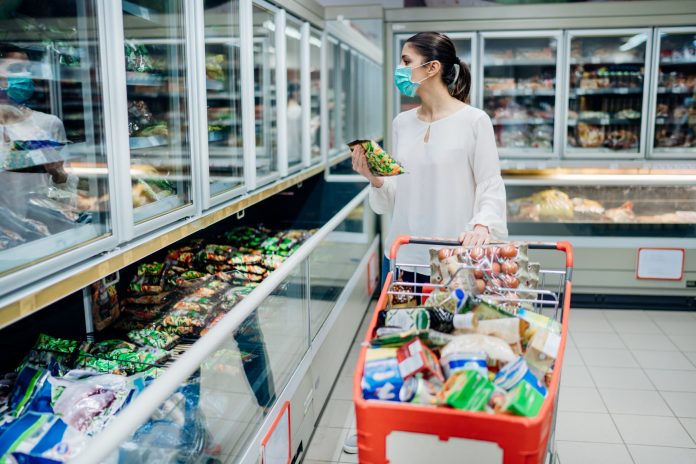Consumers behaved unpredictably in contrast to their amorous behavior of switching brands during the pre-COVID times of surplus stocks and multiple brand choices flooding the retail shelves both offline and online.
With the narrowing of product and service differentiation, what a customer buys is mainly dependent on the availability of these in the retail stores. Physical distribution management, as a part of the marketing channel, has always been important in obtaining the sales volumes of any product or service. It is the same for necessary commodities that buyers flocked to during the pandemic episode.
In the fear of getting infected with the Coronavirus, shoppers started adopting premeditated planned shopping, avoiding crowds with the least risk. With the coming of COVID-19, the frequency of shopping trips got reduced drastically. The next purchase trip is not on the go for another week or longer as it could happen on the same day or at the most, the very next day. Thus, distribution management for assured availability of the preferred stock-keeping units has been critical.
The present health crisis and the shutdown had supported that improving distribution is a vital source of strategic power for the manufacturers. Just the brand name won’t help the manufacturers much. The skill of the manufacturer or its distribution channel member to make speedy and safe door delivery in a manner that requires no contact has never received such importance as it did with the coming of COVID-19 followed by the lockdown. Smaller companies, local and store brands fared better than the big hifi brands. The sales volume of many such stores, in some cases, did better than the leading brands in the market with the coming of COVID-19 pandemic.
Buyers started shifting to other brands especially local brands as they are easily and better available at the nearest or rather at the neighborhood Kirana stores. There was a report that the top three brands of hand sanitizers declined in just one month. From 85 percent in February to 39 percent in March, reflecting a steep decrease. Around 150 new players entered the market.
The sudden announcement of lockdown left many big brands with the stocks stuck in the pipeline. So, the retailers looked for other vendors who could provide them with enough stocks and supplies during the shutdown. This brought a change in the availability of usual brands in the retail shops.
Thus availability scored over branding during this lockdown. Why will customers stick to brands if they are not even available in the market?

